Keep your skin dry, wear proper fitting shoes and gloves
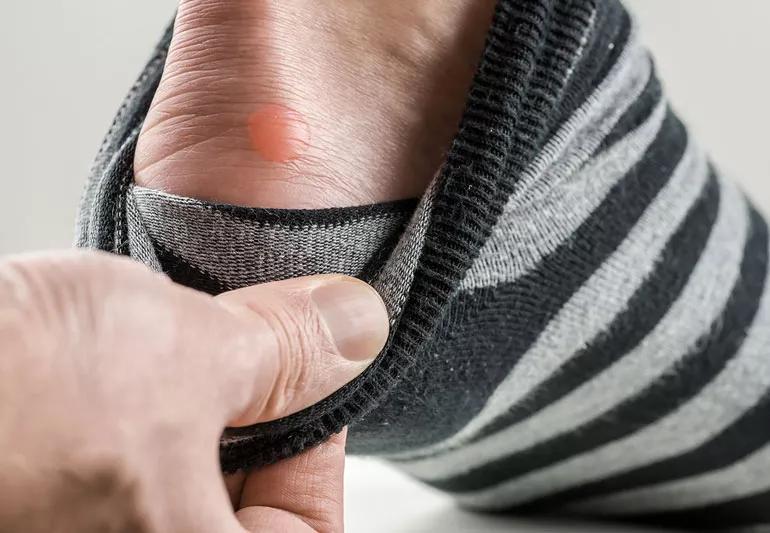
Blisters. Painful and fluid-filled, they mark the palms of our hands or heels to protect irritated skin. Often, they may just as easily be called the scourge of the new shoe wearer.
Advertisement
Cleveland Clinic is a non-profit academic medical center. Advertising on our site helps support our mission. We do not endorse non-Cleveland Clinic products or services. Policy
While blisters can have many causes, the most common reason is friction. The best way to deal with them? Avoid them in the first place. Foot specialist Georgeanne Botek, DPM, offers five easy ways.
1. Keep your skin dry. “If you tend to have sweaty feet, you’re going to be more prone to blisters,” says Dr. Botek.
2. Wear socks with your shoes. This alone can help prevent blisters. Preferably, wear socks that will wick moisture away from your skin, especially for athletic activities where you’re likely to sweat.
3. Use drying agents like aluminum chloride or talcum powder that you can apply to your feet before athletic activities. Or apply a drying agent in the morning that can help prevent overly sweaty feet, Dr. Botek advises.
4. Break your shoes in ahead of time before you use them for athletic events that require running, accelerating, quick stopping, jumping or other athletic moves. The same applies for new dress shoes, high-heeled shoes or boots. Make sure you break them in slowly before wearing them for long periods of time. If your shoes are rubbing, place petroleum jelly or an adhesive bandage on the spot where the rubbing occurs.
5. Wear gloves if you are raking, shoveling, moving heavy objects or lifting weights. “Wash your hands frequently and use a towel to be sure that your hands are dry, which will help you prevent blisters,” says Dr. Botek. “Even playing video games or other repetitive motions for extended periods of time can give you blisters, too, so just be aware of the onset of redness, drainage or sweating and pain.”
Advertisement
There are other types of blisters, too, such as those caused by minor burns, blood blisters from pinching or crushing injuries to your skin or those from medical conditions.
Here are the best ways to care for a blister, if you get one:
If it doesn’t hurt, don’t pop it. You can take care of most blisters that occur because of friction or minor burns yourself. Typically, new skin forms underneath the skin, and the clear fluid you see will absorb back into your skin.
“There are different types of blisters, but the most common type is the sterile blister that’s filled with plasma or serum,” says Dr. Botek. “As long as it’s not painful, the general rule is not to pop it.” If it is painful, though, Dr. Botek recommends opening one of the edges of the blister — not the center — and leaving the outer layer intact.
Keep it clean. Use a clean sewing needle or sharp knife tip — and make sure you sterilize it first with iodine, an antiseptic skin cleanser or rubbing alcohol or by heating it to kill germs. Clean your skin first, too, Dr. Botek says.
After you open it, keep the blister area as clean as possible to help prevent infections. Topical ointments such as iodine or other over-the-counter topical antibiotic products can help keep a blister clean while it’s healing, Dr. Botek says. Keeping the blister covered and changing the bandage daily can help keep it clean and protected, as well.
Avoid infections. If you pop a blister and the liquid that drains is clear, that’s the sign of a sterile blister. White or milky yellow liquid is a sign of infection. “You don’t necessarily need oral antibiotics at that point,” Dr. Botek says. “But you should be more diligent in wound care and watch it more closely in case it does need medical treatment.”
The other thing to watch for, Dr. Botek adds, is daily improvement. If instead, you have increased redness, drainage or discomfort, those are signs that you should seek medical treatment for the infection.
“Time to seek out a physician’s care, would be if the blister worsens daily or if the drainage persists even after you’ve drained the blister,” she says.
Dr. Botek says “If you have diabetes mellitus, a blister can lead to a more serious wound if you have risk factors such as loss of feeling, poor circulation or uncontrolled blood glucose.” She says if you have a blister and one of these conditions, you should be evaluated by a healthcare provider more urgently.
Advertisement
Learn more about our editorial process.
Advertisement
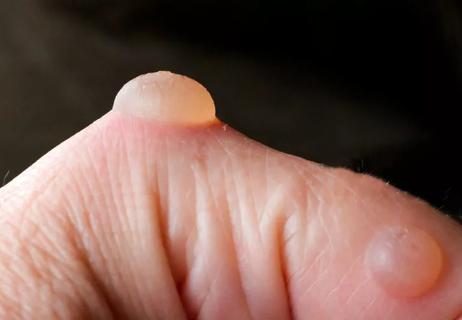
3 kinds of blisters and how to treat them (Spoiler: Popping them isn’t best the answer)
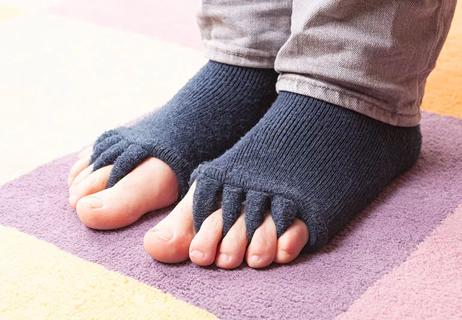
Toe spacers and separators can add some comfort, but they’re not a fix-all

There are better breakfast options, but if it’s got to be cereal, look for whole grains, high fiber and no added sugar

Planning ahead, checking in with your care team and being vigilant about blood sugar monitoring can help ensure a safe fast
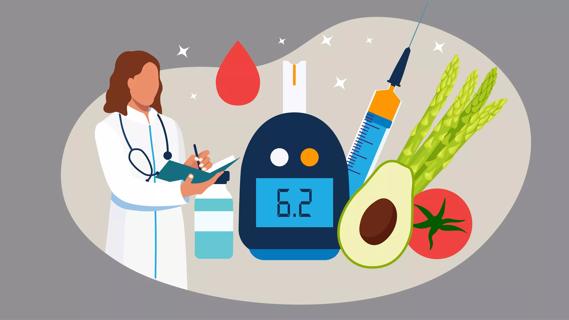
A diabetes diagnosis, new or long-standing, can trigger reactions like grief, stress, depression and frustration, but symptom relief and help are available
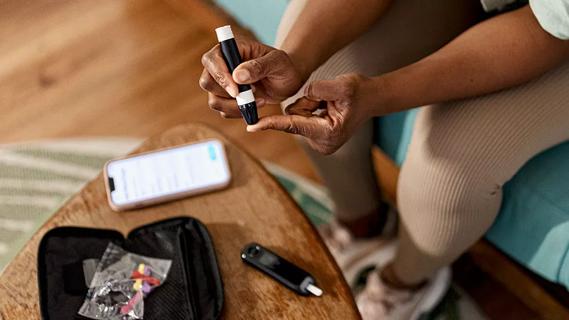
Type 1 diabetes happens when your body doesn’t make insulin, while Type 2 happens when your body can’t use insulin properly

There is an indirect link between the sweet substance and the condition
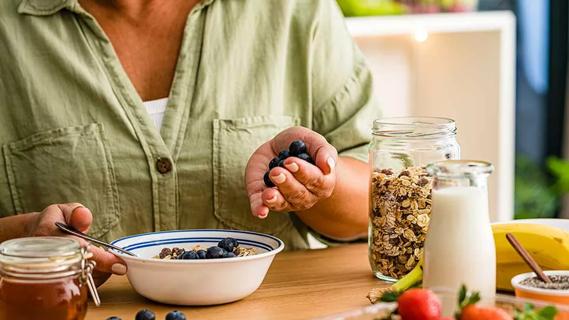
The short answer: Yes, but you need to eat it in moderation and keep track of how much you consume

Type 2 diabetes isn’t inevitable with these dietary changes

Applying a hot or cold compress can help with pain